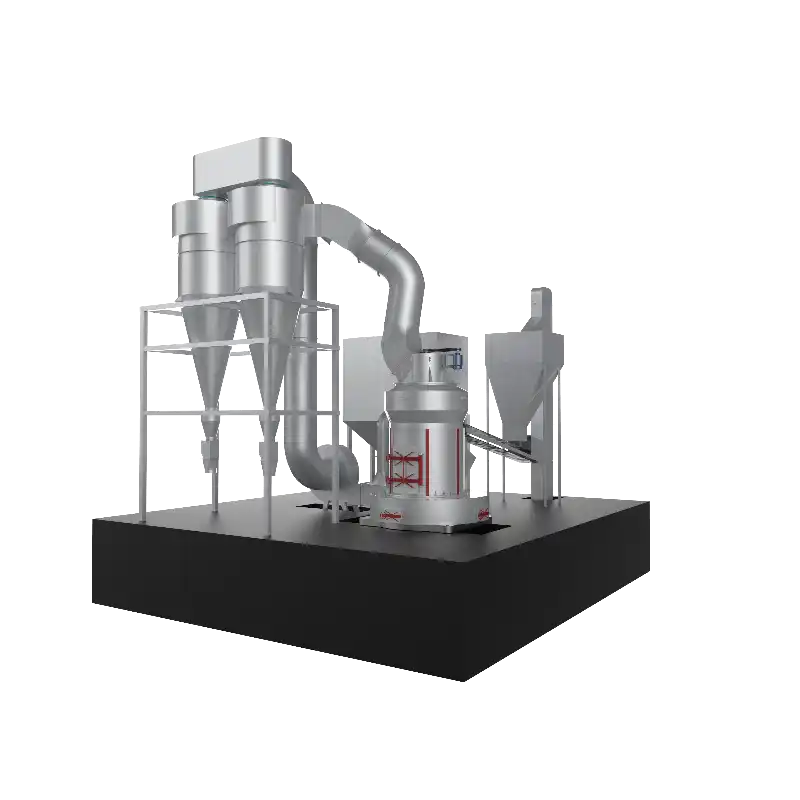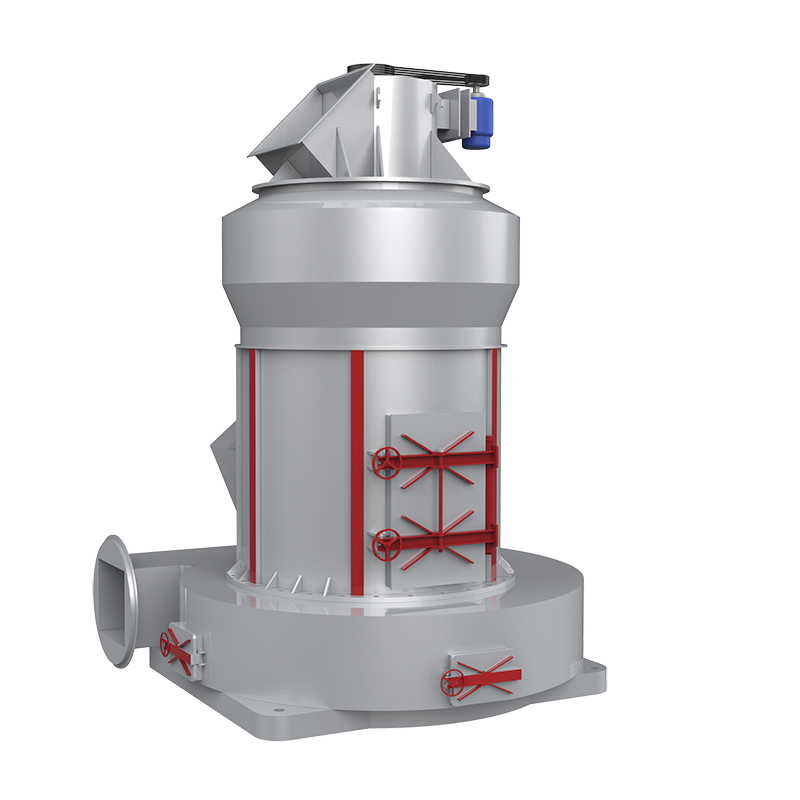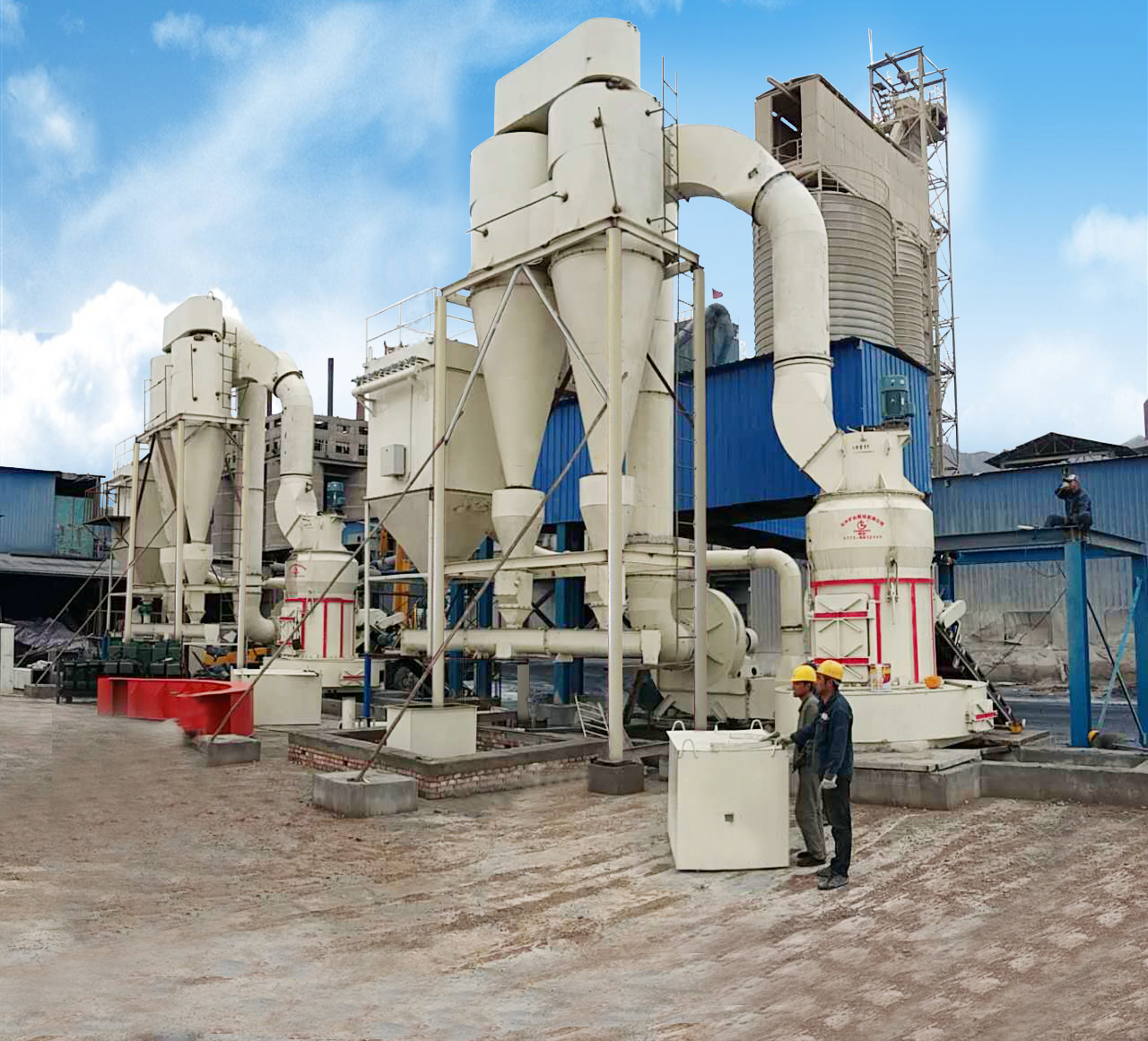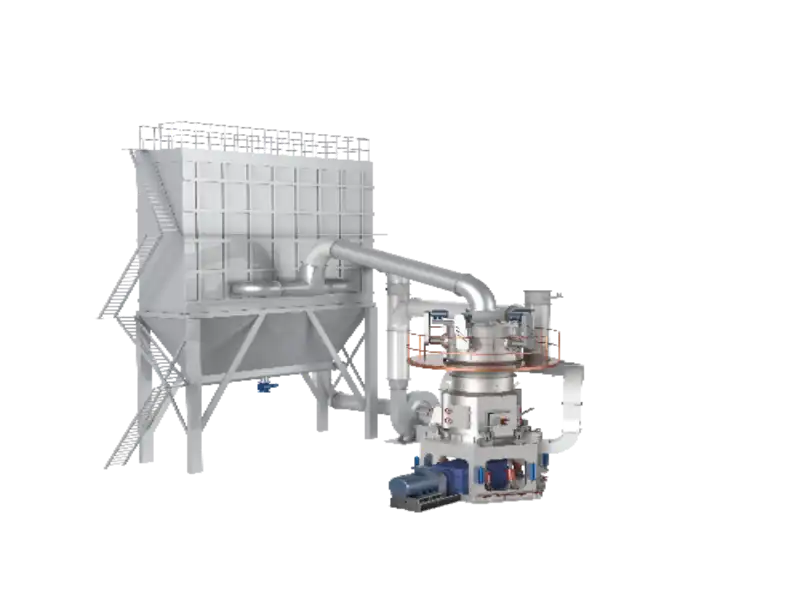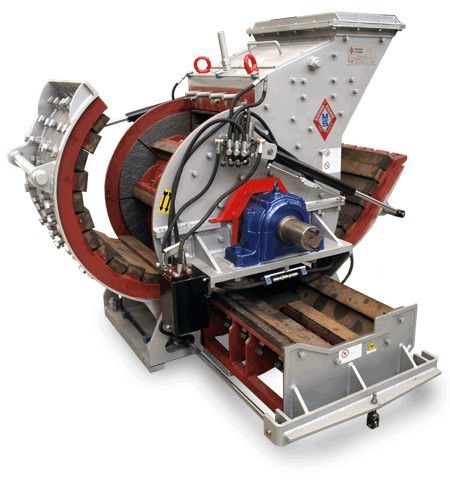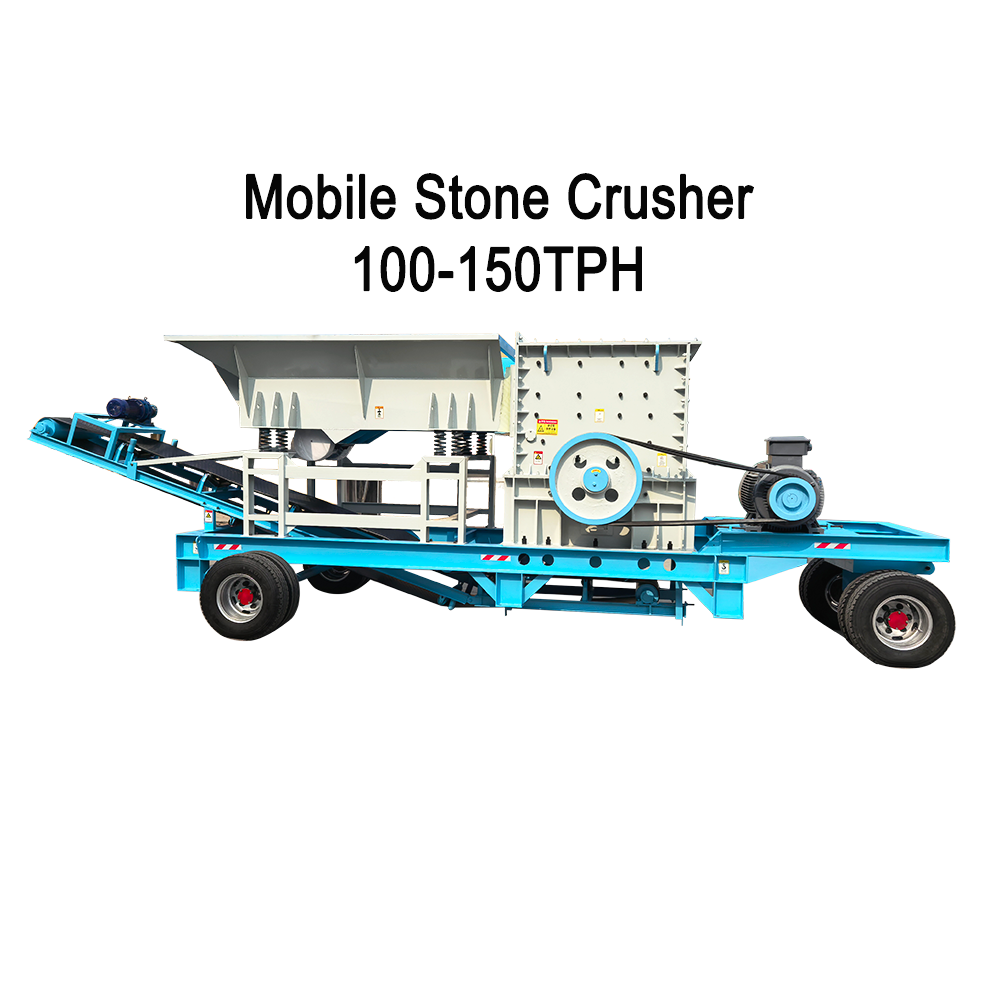Contents Catalog
Introduction of slaking quicklime
Slaking of Quicklime is the processing to change CaO to Ca(OH)2
Quicklime (calcium oxide, CaO) is a highly reactive and versatile material used in various industrial applications. When water is added to quicklime, it undergoes an exothermic reaction known as slaking, resulting in hydrated lime (calcium hydroxide, Ca(OH)₂). This transformation not only alters the physical and chemical properties of lime but also expands its utility in different fields. In this article, we will delve into the slaking process of quicklime, compare the properties and applications of quicklime and hydrated lime, and provide an overview of the associated equipment and production techniques.
The Slaking Process of Quicklime
1. Understanding Slaking
Slaking is the process of adding water to quicklime to produce hydrated lime. The reaction is highly exothermic, meaning it releases heat, which is an important factor to consider in industrial applications. The chemical equation for the slaking process is:
[
CaO + H_2O \rightarrow Ca(OH)_2 + Heat
]
The resulting hydrated lime is a fine, dry powder or a slurry, depending on the amount of water used and the processing conditions.
2. Steps in the Slaking Process
The slaking process can be broken down into several key steps:
A. Preparation of Quicklime
Quicklime is typically produced by calcining limestone (calcium carbonate) in a kiln, where it is heated to high temperatures (around 900-1000°C). The limestone decomposes into quicklime and carbon dioxide:
[
CaCO_3 \rightarrow CaO + CO_2 \uparrow
]
Once produced, quicklime is usually stored in silos to prevent moisture absorption, which can lead to premature slaking.
B. Water Addition
The next step involves adding water to the quicklime. This can be controlled to ensure the correct stoichiometric ratio. The water addition can be done in different ways, including:
- Batch Slaking: A specific amount of quicklime is mixed with a predetermined volume of water in a single operation.
- Continuous Slaking: Quicklime and water are continuously fed into a slaking tank, allowing for ongoing production.
C. Mixing and Reaction
In slaking tanks, mechanical agitators are often used to ensure thorough mixing of quicklime and water. This step is critical to promote uniform reaction and prevent the formation of clumps or unreacted quicklime. As the slaking reaction occurs, the temperature of the slurry increases due to the heat generated.
D. Cooling
Given that the slaking process is exothermic, cooling systems may be employed to control the temperature and prevent overheating. This is essential to maintain the quality of hydrated lime and protect equipment from damage.
E. Separation and Filtration
After the slaking reaction, any unreacted quicklime particles or impurities may need to be removed. Filtration or separation units can be incorporated to ensure the purity of the final product.
F. Storage and Handling
The hydrated lime can be stored as a slurry or in a dry form depending on its intended use. Proper storage conditions must be maintained to prevent settling or degradation of the product.
Equipment Used in the Slaking Process
A variety of equipment is required for an efficient lime slaking process:
1. Quicklime Storage Silos
These structures are designed to store quicklime in a dry environment, minimizing moisture absorption. They typically feature a cone-shaped bottom for easy discharge of quicklime.
2. Slaking Tanks
Slaking tanks are the core component of a lime slaking system. They are designed to mix quicklime with water and facilitate the slaking reaction. These tanks often include:
- Mechanical Agitators: To ensure thorough mixing.
- Temperature Control Systems: To monitor and regulate the temperature during the reaction.
3. Hydrated Lime Slurry Pumps
After slaking, the resulting hydrated lime slurry is pumped to storage or processing units. Slurry pumps are specially designed to handle abrasive materials and maintain a consistent flow.
4. Cooling Systems

Cooling systems, such as heat exchangers, dissipate heat generated during the slaking process, ensuring that the temperature remains within acceptable ranges.
5. Filtration Units
Filtration systems are employed to remove any unreacted quicklime or impurities from the hydrated lime slurry, ensuring a high-quality final product.
6. Storage Tanks for Hydrated Lime
These tanks are used to store the hydrated lime slurry safely. They should be designed to prevent settling and maintain stability.
7. Dust Control Systems
Given that lime can create dust when handled, dust control systems (such as baghouses or wet scrubbing systems) are essential to protect the environment and workers.
Properties and Applications of Quicklime and Hydrated Lime
1. Quicklime (CaO)
Properties:
- High Reactivity: Quicklime is highly reactive and can rapidly absorb moisture and carbon dioxide from the atmosphere.
- Caustic Nature: It is a strong alkaline material and can cause burns upon contact with skin.
Applications:
- Steel Manufacturing: Used as a flux in steelmaking to remove impurities.
- Chemical Production: Serves as a raw material in the production of various chemicals, including calcium carbide and calcium hydroxide.
- Soil Stabilization: Applied in construction to improve the load-bearing capacity of soils.
2. Hydrated Lime (Ca(OH)₂)
Properties:
- Less Reactive: Compared to quicklime, hydrated lime has a lower reactivity, making it safer to handle.
- Alkalinity: It is an effective alkaline agent with a pH of around 12.4 when dissolved in water.
Applications:
- Water Treatment: Utilized to precipitate heavy metals and adjust pH levels in municipal water systems.
- Environmental Remediation: Employed in the treatment of industrial wastewater and soils contaminated by heavy metals or acids.
- Construction: Used in mortar and plaster, providing essential binding properties and enhancing durability.
- Pulp and Paper Industry: Functions in the pulping process to remove lignin, aiding in paper production.
Conclusion
The slaking of quicklime is a vital process in various industries, facilitating the conversion of reactive quicklime into versatile hydrated lime. Understanding the detailed slaking process, including the necessary equipment and techniques, is essential for optimizing production and ensuring the quality of the final product. Both quicklime and hydrated lime possess unique properties that make them suitable for a wide array of applications, from water treatment to construction and chemical production. As industries continue to evolve and seek sustainable solutions, the role of lime—both quick and hydrated—remains crucial in addressing contemporary challenges.

